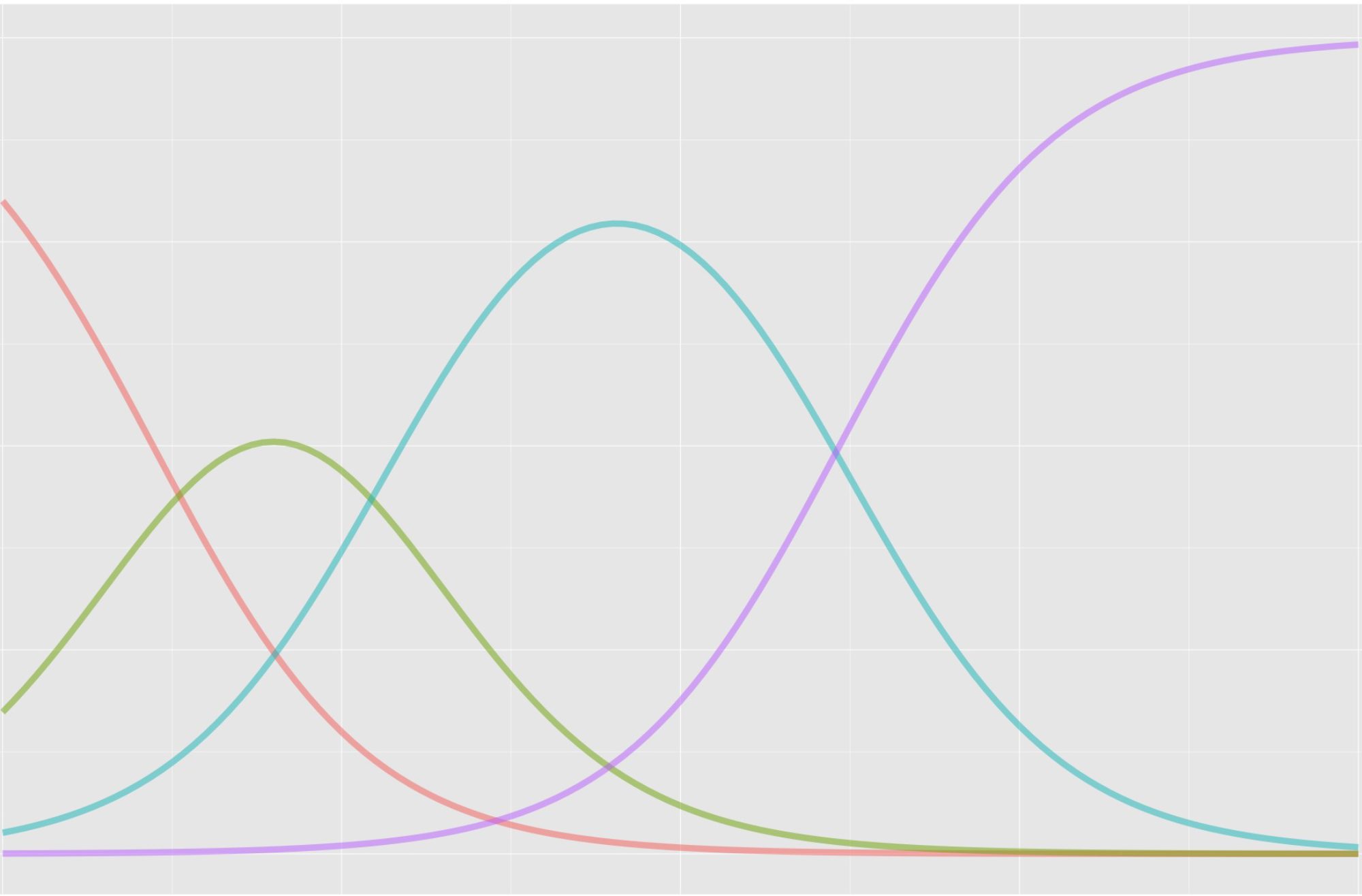I wrote a couple years ago about the limitations of implicit association tests (IAT) for measuring racial bias. Their reliability (test-retest) and validity (correlations with measures of overt bias) are surprisingly low, considering the popularity of the tests.
At the time, I couldn’t find an explanation of how IAT scores are calculated (I didn’t look very hard). Here are a few references.
Some of the original scoring methods come from Greenwald, McGhee, and Schwartz (1998) and updated methods are given in Greenwald, Nosek, and Banjo (2003). All of the methods are based on response latencies measured in milliseconds. Rohner and Thoss (2019) summarize how the methods work and demonstrate with R code.
References
Greenwald, A., McGhee, D., & Schwartz, J. (1998). Measuring individual differences in implicit cognition: The Implicit Association Test. Journal of Personality and Social Psychology, 74, 1464-1480.
Greenwald, A., Nosek, B., & Banaji, M. (2003). Understanding and using the Implicit Association Test: An improved scoring algorithm. Journal of Personality and Social Psychology, 85, 197-216.
Röhner, J. & Thoss, P. J. (2019) A tutorial on how to compute traditional IAT effects with R. The Quantitative Methods for Psychology, 15(2), 134-147. https://doi.org/10.20982/tqmp.15.2.p134
